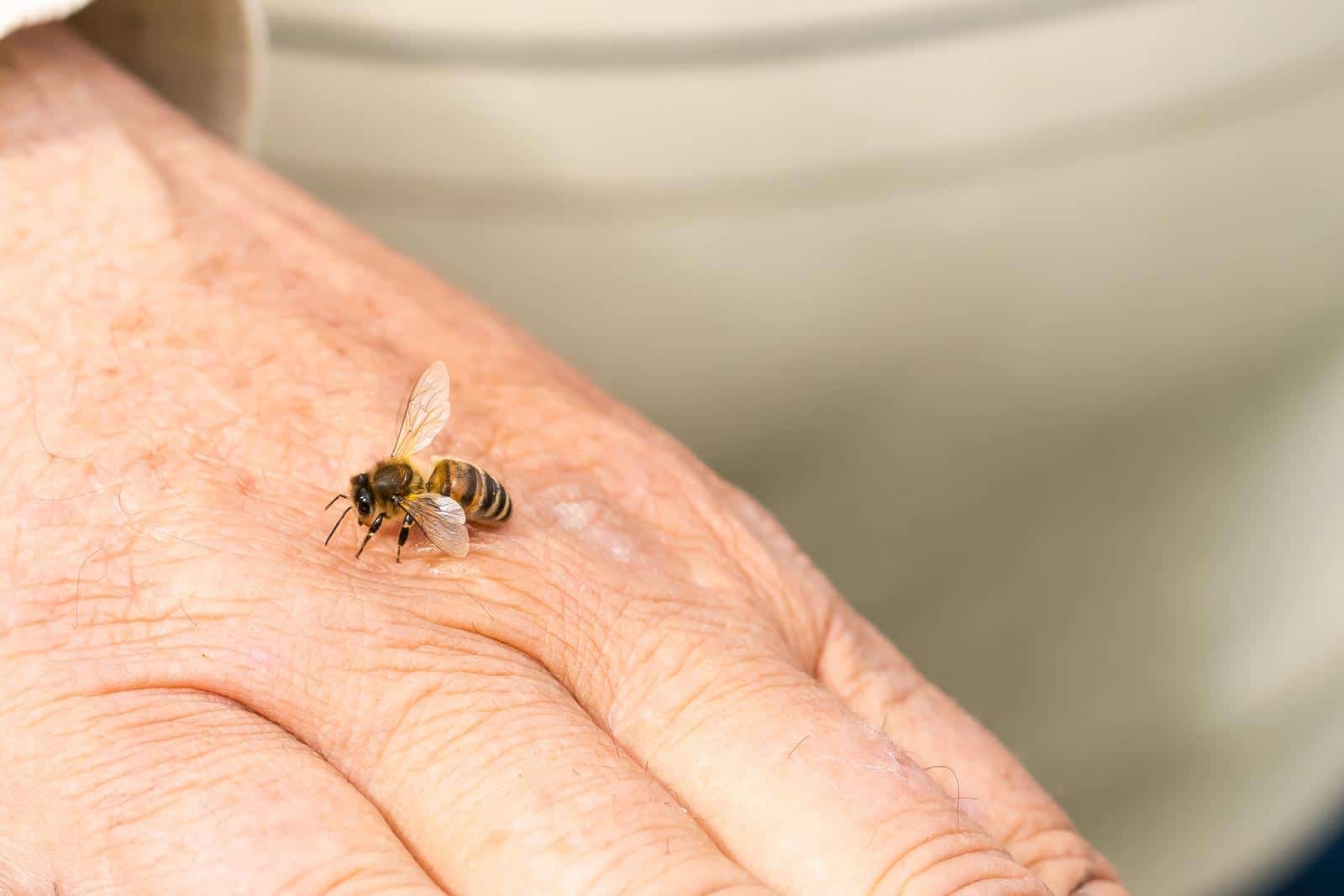A lot of people have heard about the queen bee and her importance to a colony of bees. She will be the sole egg layer in a hive and lay thousands of eggs that help the bee population to thrive! But with all your experience with traditional tales, you might be left wondering where the king bee is? I mean in all those fairy tales there is always a king and a queen, so there should be a king bee too, right? This is the question we will answer today.
When we think of a king bee, we think of one important male bee in a hive in the same way that there is one important female bee- the queen! Sorry to break it to you, but there is no king bee in a hive. No single male bee that is more important than the others. There are thousands of male bees in a hive (known as drone bees) but they all have equal status within the community.
Why Doesn’t a Queen Bee Need a King Bee?
Simply put, there is no need for a king bee or dominant male bee within a bee colony. If I explain to you how mating works with bees, this may help you get the idea!
Sperm from males (drones) are kept in a special ball-shaped organ called the spermatheca. Queens can voluntarily control whether or not their eggs are fertilized as they are laid. Fertilized eggs develop into females – workers and new queens – while unfertilized eggs develop into drones. The sole purpose of drones is to mate with virgin females (usually during nuptial flight). Queens usually mate with multiple males. Once that is done, the drones die or are killed by workers. However, as mentioned, their sperm is kept by the young queen and dispensed slowly throughout her lifetime (which can last up to five years). It will, however, eventually run out.
Yes, queen bees do mate with male bees, but she does so with several, not one special male bee! So there is no need for a king bee!
Where Did the Idea of a King Bee Come From?
In the early days of beekeeping or studying bees, it was noted that there was one bee bigger than all the rest that seemed to be of great importance to a hive. In those early days, some people assumed that this bigger and more prominent must be a bee (based on what they see in other species in nature), but when they looked closer they found out that this main bee was in fact a female (what we now know as a queen bee).
There are also stories of an overfed bee growing into an oversized state, so much so that it cannot fly. Maybe these drone bees have been seen by beekeepers and nicknamed a ‘king bee’, but I have not experienced this personally.





You state in an article about queens not laying, “most queen bees only live for a few weeks laying eggs”. I am surprised that an experienced beekeeper would make this statement, which is untrue – the queen can live for many years and continue laying.
Hi Brian, apologies for mistyping weeks instead of years. I don’t think I had drunk my coffee yet that morning 🙂 Thanks for pointing it out 🙂